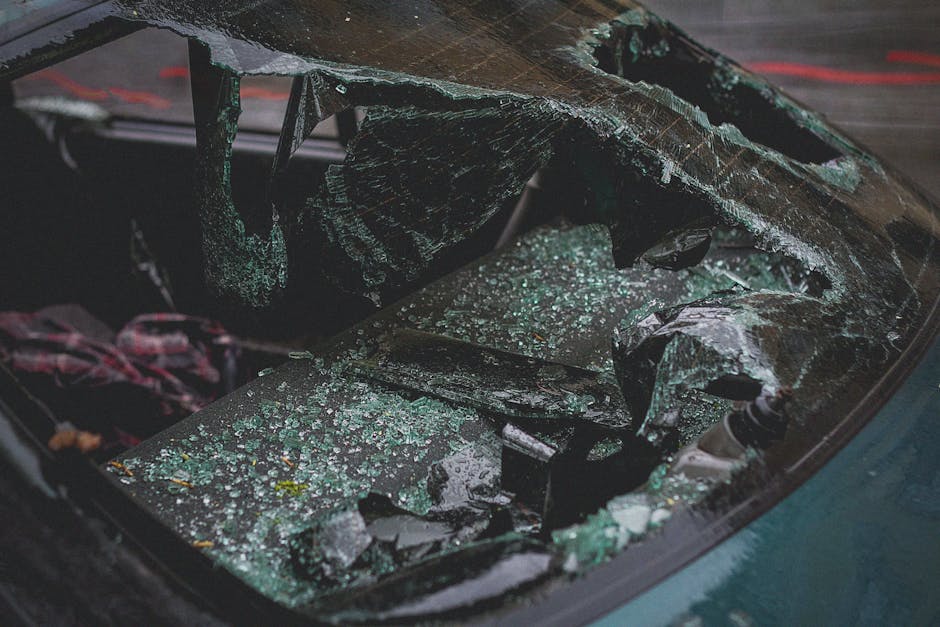How Car Windshields Are Made and Repaired
Introduction
The windshield is one of the most critical components of a car, providing structural support, protecting passengers from debris, and ensuring clear visibility. Despite its importance, many drivers know little about how windshields are manufactured or repaired. This article explores the intricate process of windshield production, the materials used, and the techniques employed in repairing cracks and chips.
The Manufacturing Process of Car Windshields
1. Raw Materials: Glass and Laminates
Modern car windshields are not made from ordinary glass but rather from laminated safety glass. This type consists of two layers of glass bonded together with a polyvinyl butyral (PVB) interlayer, which prevents shattering upon impact.
- Soda-Lime Glass: The primary material, made from silica sand, soda ash, and limestone, is melted at extremely high temperatures (around 1,500°C or 2,732°F).
- PVB Interlayer: A flexible plastic film that holds the glass together when broken, reducing injury risks.
2. Glass Formation: Float Glass Process
The glass is produced using the float glass method, developed by Sir Alastair Pilkington in the 1950s. Here’s how it works:
- Melting and Refining: Raw materials are melted in a furnace.
- Floating on Molten Tin: The molten glass is poured onto a bath of molten tin, where it spreads evenly and cools slightly.
- Annealing: The glass passes through an annealing oven to relieve internal stresses, making it stronger.
- Cutting: Once cooled, the glass is cut into large sheets for further processing.
3. Shaping the Windshield
Automotive glass must be precisely curved to fit vehicle designs. The process involves:
- Heating and Bending: Glass sheets are heated to about 600°C (1,112°F) and placed over molds to achieve the desired curvature.
- Cooling: The shaped glass is gradually cooled to prevent stress fractures.
4. Lamination: Adding the PVB Layer
The curved glass sheets are then laminated:
- PVB Application: A PVB film is sandwiched between two glass layers.
- Autoclave Bonding: The assembly is heated and pressed in an autoclave (a high-pressure oven) to fuse the layers seamlessly.
- Trimming and Inspection: Excess material is removed, and the windshield undergoes quality checks for defects.
5. Final Touches: Tinting and Coatings
Many windshields receive additional treatments:
- Tinting: Reduces glare and UV exposure.
- Hydrophobic Coatings: Repels water for better visibility in rain.
- Heating Elements: Some models feature embedded wires for defrosting.
How Windshield Repairs Work
Despite their strength, windshields can develop chips and cracks from road debris, temperature changes, or accidents. Fortunately, many damages can be repaired without full replacement.
1. Assessing the Damage
Not all cracks can be repaired. Factors include:
- Size: Chips smaller than a quarter (1 inch) and cracks under 3 inches are usually repairable.
- Location: Damage near the edges often requires replacement due to structural risks.
- Depth: If the inner PVB layer is compromised, repair may not be sufficient.
2. Repair Techniques
A. Resin Injection for Chips and Cracks
- Cleaning the Area: The damaged spot is cleaned to remove dirt and moisture.
- Drilling a Tiny Hole (if needed): For deep cracks, a small hole may be drilled to allow resin penetration.
- Injecting Special Resin: A UV-cured or cyanoacrylate adhesive fills the crack, bonding the glass.
- Curing with UV Light: The resin hardens under UV light, restoring clarity and strength.
- Polishing: Excess resin is removed, and the surface is polished for a smooth finish.
B. Full Windshield Replacement
If the damage is too severe, replacement is necessary:
- Removing the Old Windshield: The adhesive seal is cut, and the glass is carefully lifted out.
- Preparing the Frame: Old adhesive is removed, and the frame is cleaned.
- Applying New Adhesive: A high-strength urethane adhesive is applied.
- Installing the New Windshield: The new glass is positioned and clamped until the adhesive cures (usually 1-2 hours).
3. Post-Repair Care
- Avoid car washes for 24-48 hours to let the adhesive fully cure.
- Drive gently to prevent stress on the new seal.
- Check for leaks or unusual noises, which may indicate improper installation.
Conclusion
Car windshields are marvels of engineering, combining advanced materials and precision manufacturing to ensure safety and durability. Understanding how they are made and repaired helps drivers appreciate their importance and make informed decisions when damage occurs. Whether dealing with a small chip or a major crack, timely repairs can save costs and maintain structural integrity, keeping you safe on the road.
By learning about these processes, drivers can better care for their vehicles and recognize when professional intervention is needed—ensuring clear visibility and protection for years to come.

